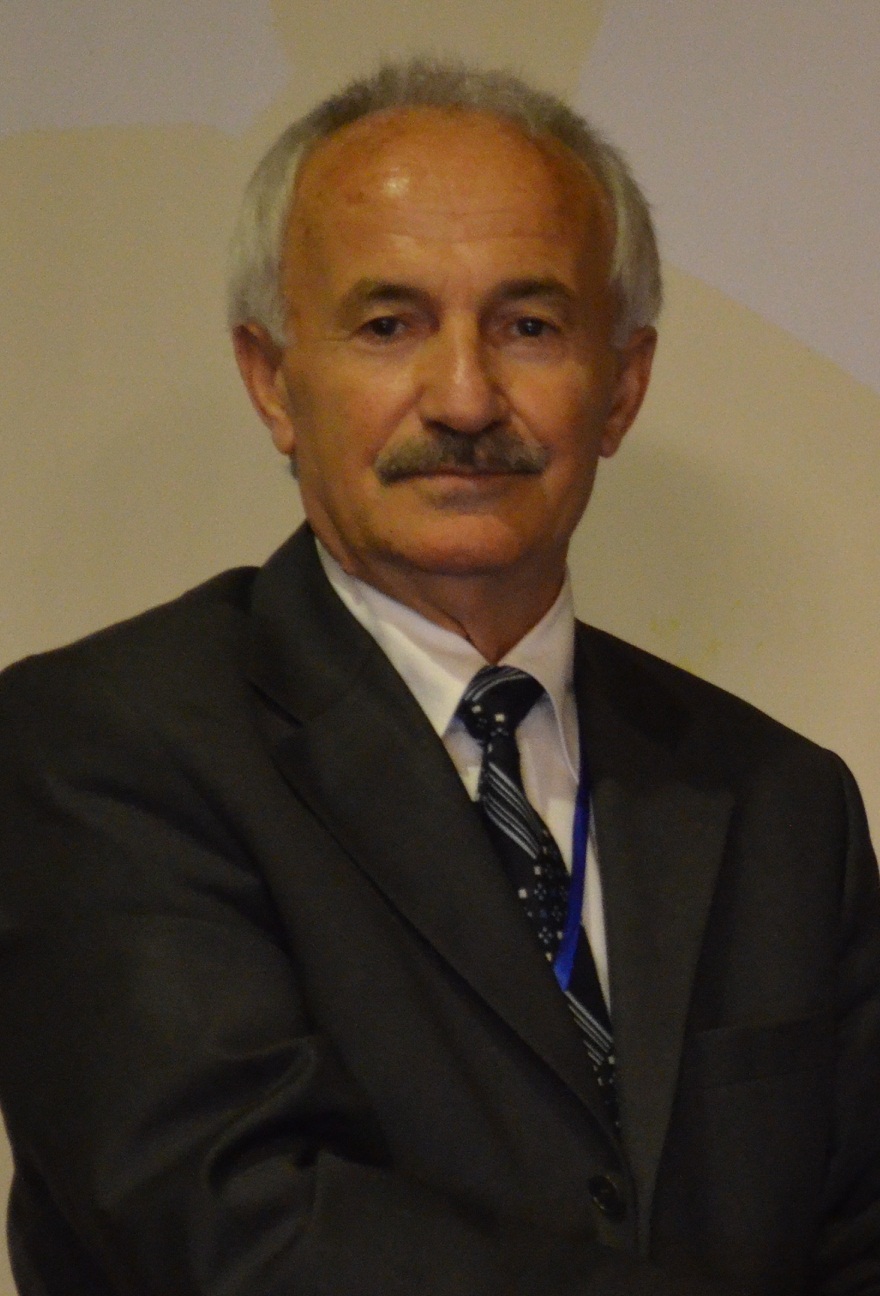
Prof. Osman Adiguzel
Firat University, Elazig, Turkiye
Title: Shape Reversibility and Temperature-Deformation Dependent in Memory Behavior of Shape Memory Alloys
Abstract:
Shape memory alloys take place in a class of advanced smart materials, by exhibiting dual memory characteristics, Thermoelasticity and Superelasticity. Shape memory effect is initiated with thermomechanical processes on cooling and deformation and performed thermally on heating and cooling, with which shape of the material cycles between original and deformed shapes in reversible way. Therefore, this behavior is called thermoelasticity. Thermoelasticity is governed by successive crystallographic transformations, thermal and stress induced martensitic transformations. Thermal induced martensitic transformation occurs on cooling with cooperative movements of atoms in-type directions on the {110} - type planes of austenite matrix, along with lattice twinning and ordered parent phase structures turn into the twinned martensite structures. The twinned structures turn into the detwinned martensite structures by means of stress induced martensitic transformation, with deformation in the low temperature condition. Superelasticity is performed with mechanically stressing and releasing material in elasticity limit at a constant temperature in parent phase region, and shape recovery is performed simultaneously upon releasing, by exhibiting elastic material behavior. Therefore, this behavior can be called Mechanical Memory. Superelasticity is also result of stress induced martensitic transformation and ordered parent phase structures turn into detwinned martensite structure with stressing the material in the parent phase region. However, shape memory alloys are deformed in the martensitic state at the low temperature for thermoelasticity, whereas these alloys are stressed in elasticity limit at the parent phase region for superelasticity. Also, deformation at the other temperatures exhibit different characteristics, beyond shape memory effect and superelasticity.
Copper- based alloys exhibit this property in metastable β-phase region. Lattice invariant shear and twinning is not uniform in these alloys and gives rise to the formation of complex layered structures, depending. The layered structures can be described by different unit cells as 3R, 9R or 18R depending on the stacking sequences on the close-packed planes of the ordered lattice.
In the present contribution, x-ray and electron diffraction studies were carried out on copper based CuZnAl and CuAlMn alloys. X-ray diffraction profile and electron diffraction patterns exhibit super lattice scattering. These alloy samples were aged at room temperature, and X-ray diffractograms taken in a long-time interval show that peak characteristics change with ageing at room temperature. This result refers to the rearrangement of atoms in diffusive manner.
Keywords: Shape memory effect, martensitic transformation, shape reversibility, thermoelasticity, superelasticity, twinning, detwinning
Biography:
Dr. Osman Adiguzel graduated from Department of Physics, Ankara University, Turkey in 1974 and received PhD- degree from Dicle University, Diyarbakir-Turkey. He studied at Surrey University, Guildford, UK, as a post doctoral research scientist in 1986-1987, and his studies focused on shape memory alloys. He worked as research assistant, 1975-80, at Dicle University and shifted to Firat University in 1980. He became professor in 1996, and he has been retired due to the age limit of 67, following academic life of 45 years.
He published over 80 papers in international and national journals; He joined over 120 conferences and symposia in international and national level as Plenary Speaker, Keynote Speaker, Invited speaker, speaker or Poster presenter. He served the program chair or conference chair/co-chair in some of these activities. In particular, he joined in last six years (2014 - 2019) over 60 conferences as Speaker, Keynote Speaker and Conference Co-Chair organized by different companies in different countries.
Additionally, he retired at the end of November 2019, and contributed with Keynote/Plenary Speeches over 60 Virtual/Webinar Conferences, due to the coronavirus outbreak in two year of his retirement, 2020 and 2021. Dr. Adiguzel served his directorate of Graduate School of Natural and Applied Sciences, Firat University in 1999-2004. He supervised 5 PhD- theses and 3 M. Sc theses. He is also Technical committee member of many conferences. He received a certificate which is being awarded to him and his experimental group in recognition of significant contribution of 2 patterns to the Powder Diffraction File – Release 2000. The ICDD (International Centre for Diffraction Data) also appreciates cooperation of his group and interest in Powder Diffraction File.
Scientific fields of Dr. Adiguzel: Shape memory effect and displacive phase transformations in shape memory alloys and other alloys, molecular dynamics simulations, alloy modeling, electron microscopy, electron diffraction, x-ray diffraction and crystallography.